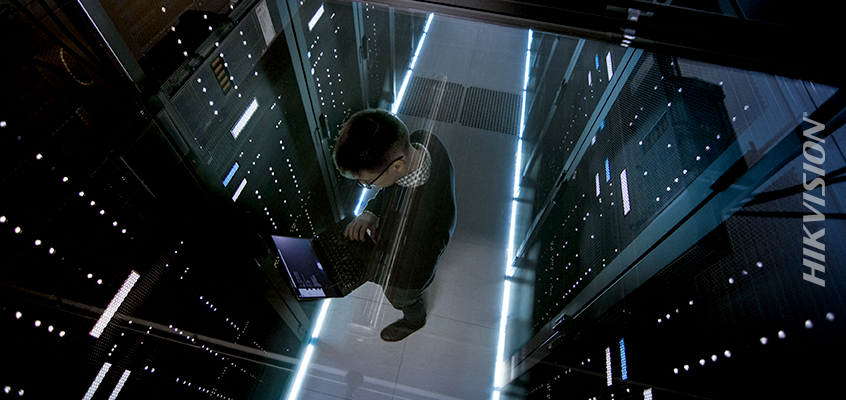Security Magazine Provides Insights for Data Security Breach Readiness and Response Plans
Hikvision Cybersecurity Blogs Outline Best Practices, Tips to Prevent Malware, Vulnerabilities, Security Concerns
In the article, “Is Your Data Breach Response Plan Ready?” Security magazine provides insight on security breaches and best practices for companies to develop data breach response plans, with interview responses from Michael Bruemmer, the vice president of data breach resolution and consumer protection at Experian.
From the article: “Fifty-six percent of organizations experienced a data breach involving more than 1,000 records over the past two years, and of those, 37 percent occurred two to three times and 39 percent were global in scope, according to Experian. In 2017 in particular, there were more than 5,000 reported data breaches worldwide, and there were more than 1,500 in the U.S. alone.”
In the article, Bruemmer said more companies have data security breach response plans in place than ever before, at 88 percent, versus 61 percent five years ago. He recommends that companies practice implementation of their response plan before an incident occurs, so that all parties know how to work together to be resilient and cyber-secure.
Artificial intelligence, machine learning, and crypto-mining malware are the top three issues Bruemmer recommends security leaders prepare for next year. He said that “hackers can also leverage these as tools to create more sophisticated attacks than traditional phishing scams or malware attacks.”
The article also covers the shortage of cybersecurity talent, strategies to engage C-suite executives in cybersecurity, and tips to maintain the resilience of security breach response plans. Click here to read the entire article.
Hikvision has authored a number of cybersecurity blogs that outline best practices and provide tips to prevent malware, vulnerabilities, and security concerns. For more information about improving cybersecurity, click here.

